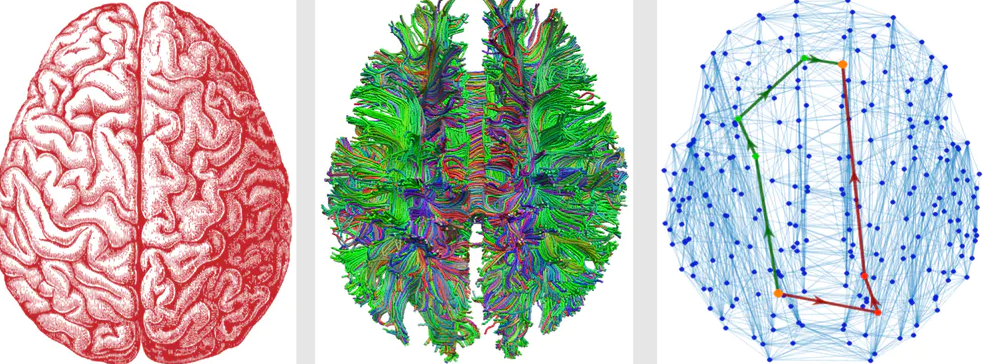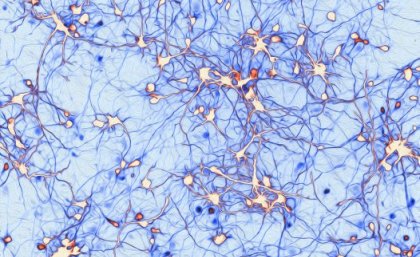Cells that fire together, wire together.
It’s a simple idea. The most fundamental aspect of healthy brain function is that our brain learns.
A way to think about this is;
When we do something, anything, our brain is activated along a certain electrical pathway. If you pick up your phone and quickly punch in a message without pausing, then you most likely have done this before. The first time you typed out a message, the action took more time and you had to think about each step, how to hold the phone, which fingers to use, anticipate the phone’s response, etc.

The more you do something, the easier it becomes. You learn the process. Learning is complex, sure, but the basic action of doing the same thing over and over again begins to establish a pathway in your brain. It may be a very specific path, like engaging the circuits for playing the guitar, or automatic, like cordially greeting a cashier at the checkout line.
We learn the series of “steps,” and our brain builds the network to help our behavior be more efficient. More and more each time. SEE, the blue dotted image on the right side.
This makes us more and more efficient at the things we do over and over.
This is great when learning Algebra or for developing the best posture for surfing. (either one, www or ocean waves.)
This is the good news. The down side is that you can develop pathways that reinforce unwelcome behavior and poor performance.
When our brain becomes activated by stress and fear, it is slow to return to its normal functioning. A fear response is supposed to protect us, keep us vigilant for tigers and cat-callers. SEE, stress and fear.
If the tiger shows up often, then we may stay in this fearful posture. And, the brain, while its firing those specific pathways, is also “wiring” those paths together. Those pathways can become easily activated the more we encounter, or think about, the tiger.
Because fear can be attached to stimuli of various kinds, it can serve either adaptive or maladaptive roles. For example, it can promote avoidance and escape from genuinely threatening situations or, when attached to innocuous stimuli, can promote unnecessary stress. MelisYilmaz, Andrew D.Huberman, 2019. Fear, its all in your line of sight.
And, this “wired together” pathway, can become a part of our general behavior. If the store cashier is having a bad day, is snippy or says your credit card did not go through, then the range of responses may opt for the hard wired path that has grown because of fear.
This can influence your behavior and assumptions about the cashier, “she clearly didn’t like me,” for instance. Now, our range of experiences is vast and these basic examples do not tell the full story and are not necessarily predictive of behavior, but this is how we conceptualize the phenomenon. And, know that the phenomenon begins profoundly early in life.
From the beginning
Our brains grow at a tremendous rate as infants and as we mature. Brain structure is full of neural pathways, with more neurons at birth that we will ever have. The process of establishing working pathways, that is, firing and wiring together, is one of filling in existing, “blank” pathways, and discarding lesser used paths.
The process of the brain becoming more efficient in its internal communication, is made better by a process called pruning. This is where brain connections that are not used early on disappear because of non-use. As an infant discovers how to satisfy a need, like crying to be fed, that neuronal pathway becomes a well-used and strong path.
Past brain research has taken this to mean that pruning = lost brain power. The phrase, use it or lose it, seemed to apply. In this way, what is not used, so to speak, is gone forever.
But wait, the brain is smarter than that, and humans can adapt far better than this notion implies.
Brain research has been able to observe these fundamental building blocks—neurons, axons, and synaptic connections growing, making more as our activity requires it. Research shows that that this growth can happen later in life.

Without question, the more we work at strengthening the “good” connections, the stronger they become. Having a diverse network of connectivity sets us up for being fuller, healthier, best versions of ourselves. What to do? More is coming!
